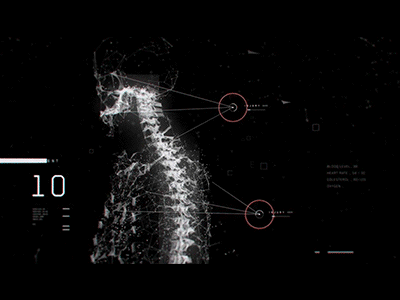

By putting all those variables together they can bring life to design elements in a way that’s more humanized, capable of connecting with viewers.īefore Motion Graphics existed, there was a time when Graphic Design pieces only worked in a flat and un-moving format. For this reason, motion designers study all types of movements, acceleration, and speeds. But in Motion Design, there’s no natural reference to how shapes, typography, and grids move. For example, in a traditional cel animation (like Disney movies), you can use endless references from nature to animate a human figure or an animal. Unlike other animation fields, you don’t have a pre-defined or “natural” way of animating things. creating movement.īut bringing design elements to life isn’t a simple task.

Motion Graphics is about bringing the design knowledge to new mediums by adding the elements of time and space to it - i.e.

Many times, Motion Graphics is also called Motion Design, making the relationship between movement and design elements easier to understand. It’s the most straightforward definition you can get. Motion Graphics means Graphics in Movement. In this insight article, I’ll explain what Motion Graphics is, its history, what differentiates it from other types of animation, and its importance in the advertising and design industry today. It’s so ubiquitous that it’s almost invisible - but it is a truly powerful tool when it comes to commercial animation. However, one subset of animation is confusing to some people, even though it’s all around us in the digital era: Motion Graphics. The word “animation” is an umbrella term that includes almost anything that has movement. The world of commercial animation is comprised of a number of fields and styles.


 0 kommentar(er)
0 kommentar(er)
